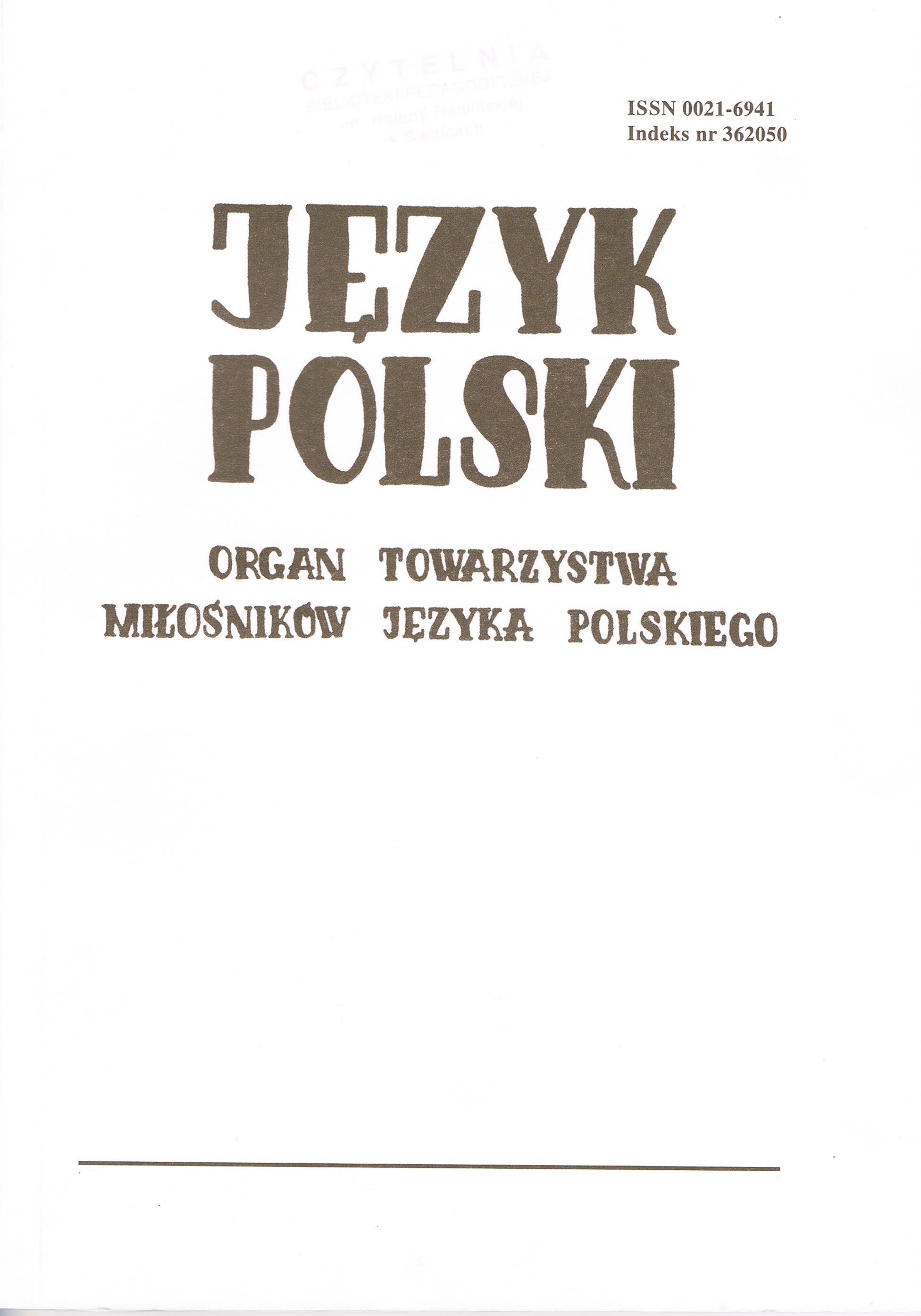O niektórych zastosowaniach metody gniazdowej (cz. 1)
About several applications of the nest method
Author(s): Małgorzata BerendSubject(s): Language and Literature Studies
Published by: Towarzystwo Miłośników Języka Polskiego
Keywords: nest method; synchronic word formation; derivation
Summary/Abstract: Among benefits that result from using the nest method, one can primarily distinguish those in the area of synchronic word formation. Since the nest description makes use of a comprehensive lexical material, it makes it possible for us to fully recognize the word formation system of the Polish language by identifying a set of all word formation models and derivative techniques or formant combinations, it makes it easier for us to keep track of motivation in whole grammatical classes, or, more narrowly - in semantic/ lexical classes. Nevertheless, usefulness of formal/ semantic description dependencies in the biggest and most comprehensive units of the language is not limited to its word formation system. We can see that this method has been used in the normative word formation process, in glottodidactics or lexicology. This article is one of the whole series of studies, which prove that the nest description may compliment the criteria that decide upon semantic relations between language units, which is helpful while differentiating polysemy and homonymy or while identifying the degree of semantic proximity of lexemes.
Journal: Język Polski
- Issue Year: 2011
- Issue No: 1
- Page Range: 66-74
- Page Count: 9
- Language: Polish

